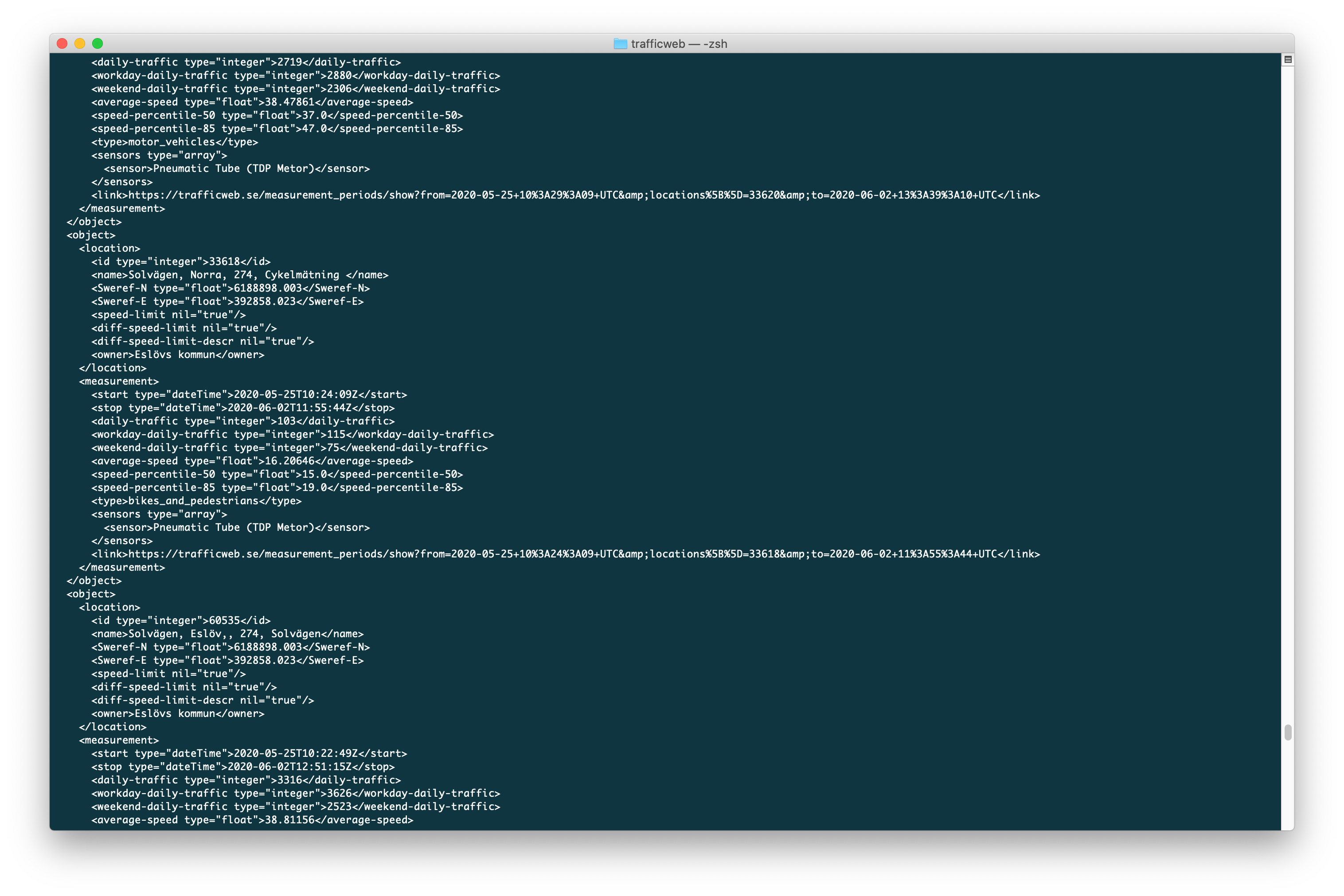Technology | Hardware, software and machine learning
The technology behind the productsVehicle sensors
Magnetometer-based vehicle sensors installed in the road for robust and accurate data collection.
Cloud processing
Cloud-based data processing based on machine learning for accuracy and flexibility.
Data interface
APIs based on open standards for easy access and integrations as well as ITS applications.
Analytics
Full support in Trafficweb for a complete traffic data solution with powerful insights a few clicks away.
Vehicle sensors in the road
Sensebit’s vehicle sensors are installed in the road and use magnetometer technology to collect magnetic profiles of vehicles. The magnetic profiles are streamed to the cloud for processing and are accessible via APIs or Trafficweb. The installation process is quick and gives a robust measurement site. The combination of high resolution magnetic profiles and powerful data processing based on machine learning assures accurate traffic data.
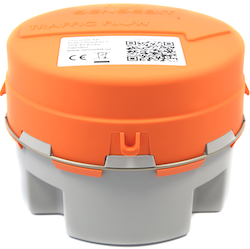
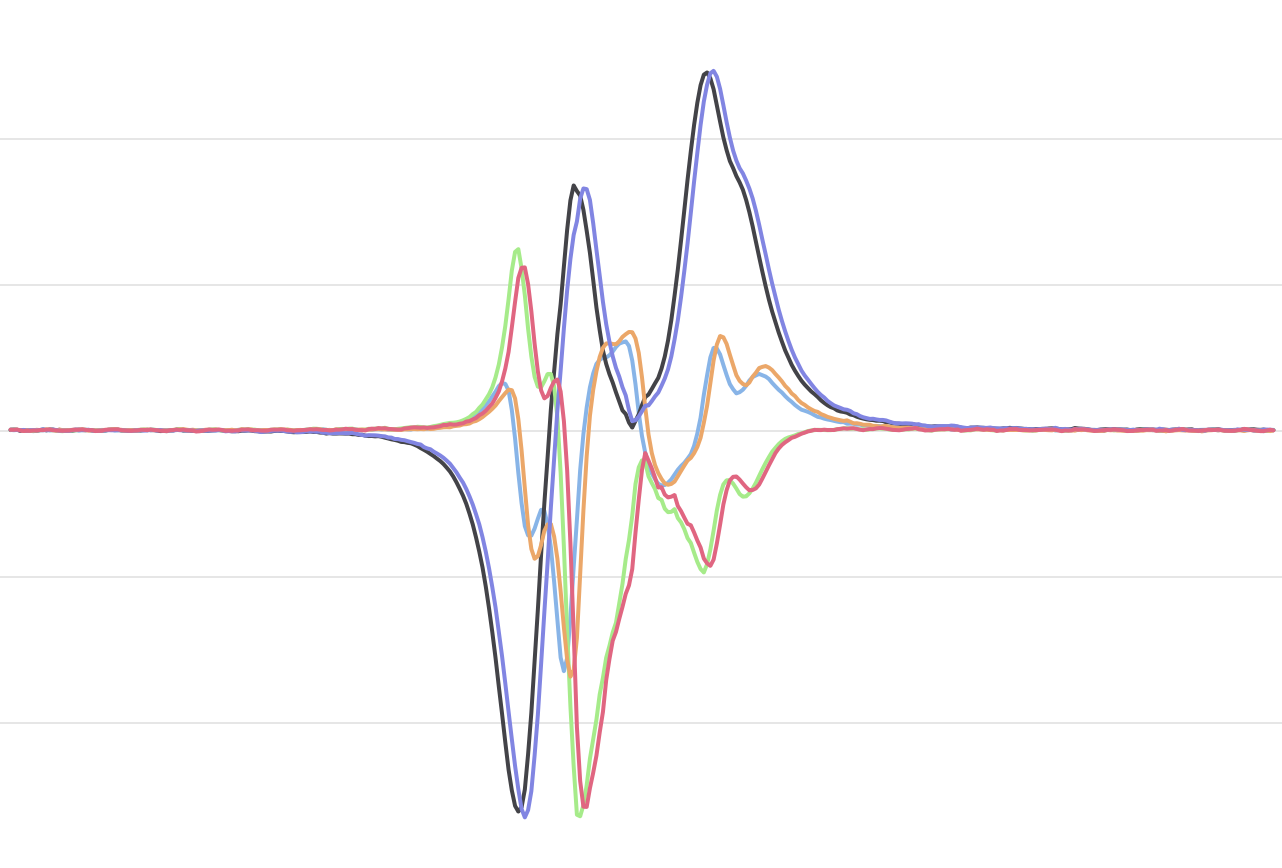
Magnetometer technology
The vehicle sensors utilize modern magnetometer technology. The magnetometers measure variations in the earth’s magnetic field created by the ferrous materials in a vehicle. By utilizing the earth’s magnetic field rather than creating one, as inductive loops do, much less energy is consumed by the sensor. Each vehicle sensor contains two three-dimensional magnetometers that are sampled at a high frequency to create a detailed magnetic profile of each vehicle.
Installation
The sensors are installed in the road using a standard core drill. The sensor is placed in the drill hole and covered with at least six centimeters of asphalt or bitumen to ensure it’s not destroyed during re-paving or other road maintenance. Installation time varies depending on equipment used and local conditions, but an experienced field technician will typically install a FLEX sensor in about 15 minutes. Establishing a sensor in one lane at a time ensures traffic can flow freely during installation.
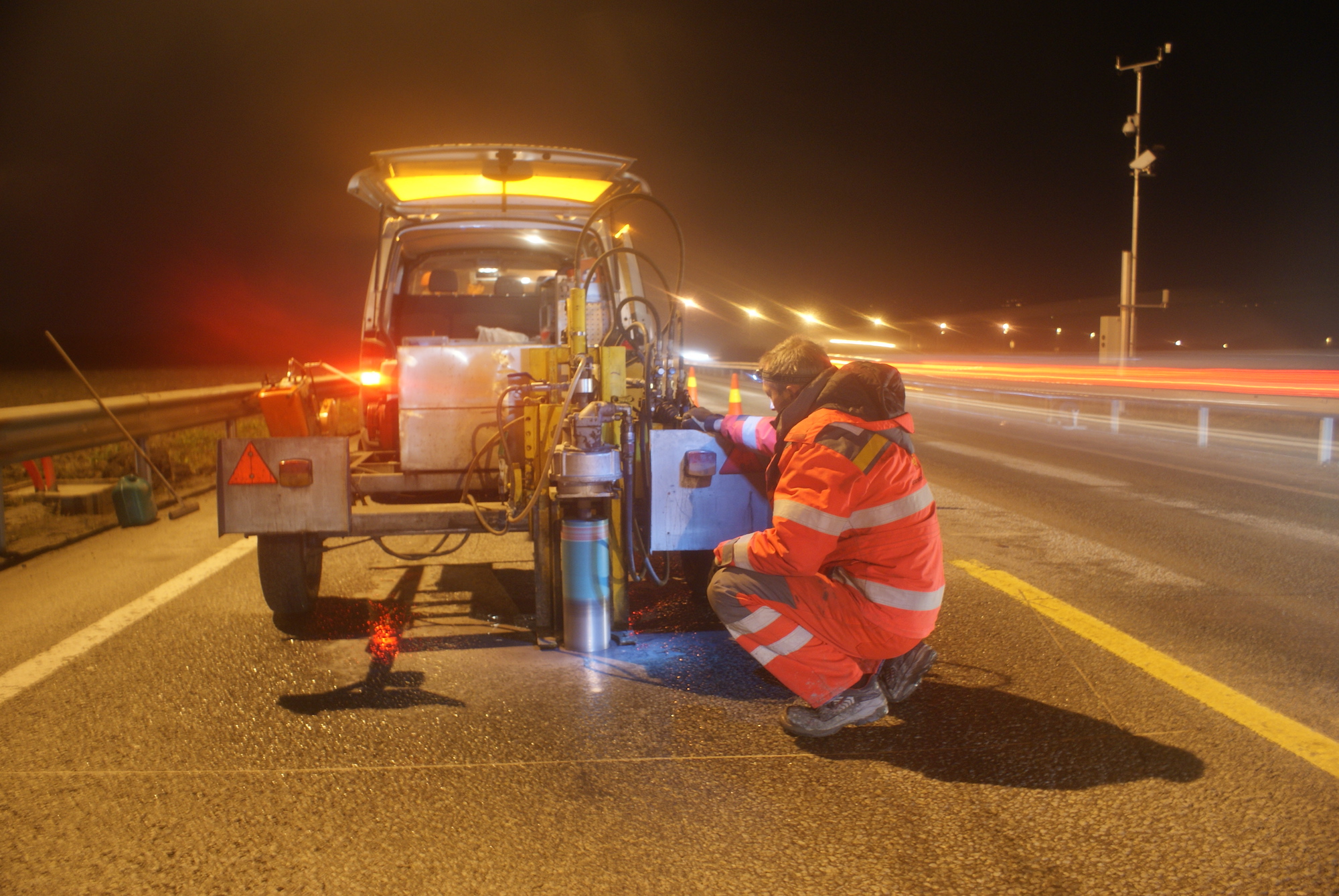
Power and communication
Our vehicle sensors are available in different configurations for different measurement scenarios. They are all built on the same platform and thus deliver the same high quality per-vehicle data. The completely standalone FLEX sensor has an integrated battery and modem, which means it can be installed anywhere, regardless of available infrastructure and without roadside equipment. The FLEX Real-time sensor communicates and is powered via a power-over-ethernet cable and requires a roadside cabinet with a PoE switch and a cellular router. The FLEX sensor uploads data to the cloud once per day, while the FLEX Real-time streams data in real-time.

Wireless with battery
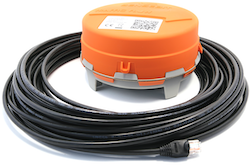
Power-over-ethernet
Battery life
The battery powered wireless sensors from Sensebit give up to 10 years of continuous measurement with data uploads every day. The long battery life is a result of years of R&D around energy consumption of the hardware and close collaboration with battery cell manufacturers. As always when talking about battery life, the exact performance of an individual sensor will depend on local conditions. For the Sensebit vehicle sensors, the two primary factors impacting battery life is AADT (annual average daily traffic) and the quality of the cellular network at the measurement location. As most measurement locations today will have at least a decent cellular network, the factor impacting battery life the most will be the AADT.
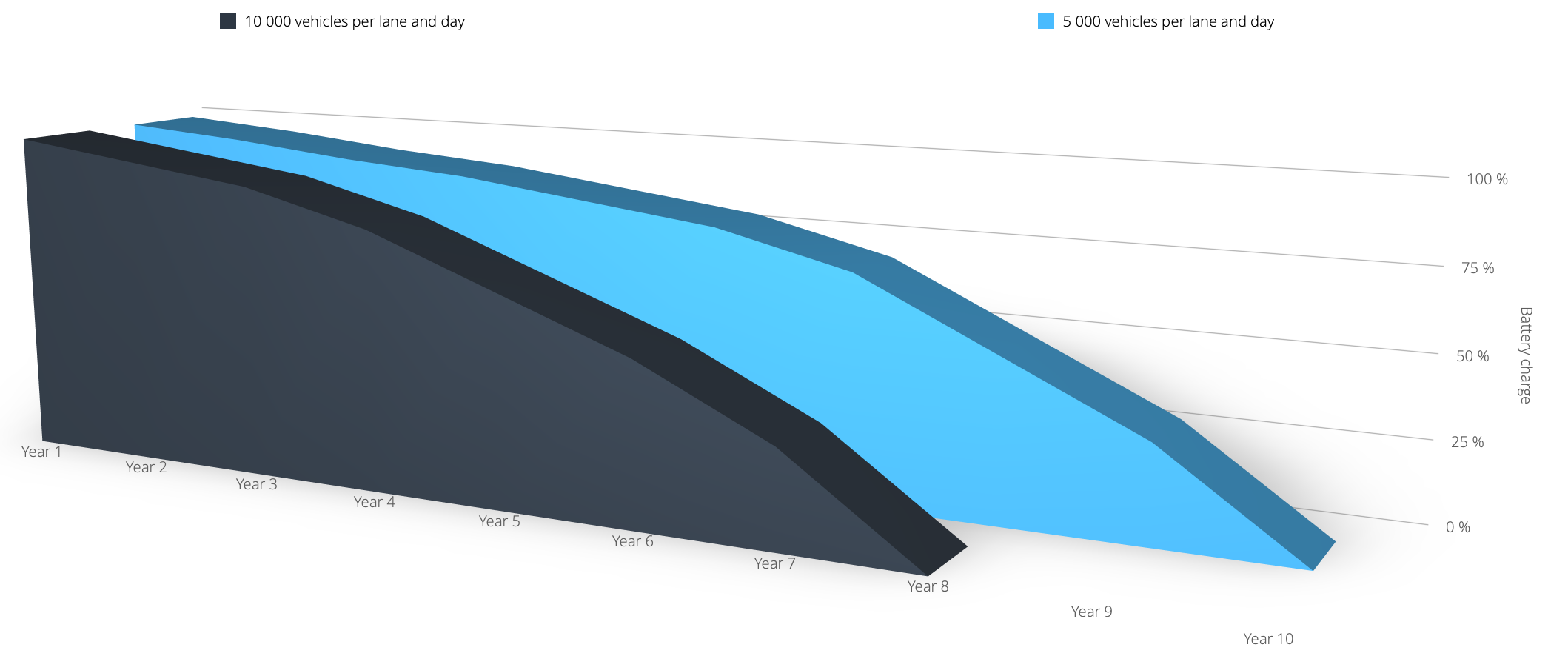
Cloud processing
Powerful centralized processing based on machine learningLess stuff by the road
The vehicle sensors upload high resolution magnetic profiles for each detected vehicle to our cloud based data processing platform. By processing data in the cloud rather than in the sensor or a roadside computer, we can achieve a much more cost efficient solution without compromising on data quality. It also creates a future proof solution as classification can be recalculated if new needs are discovered after deployment. The platform is spread over multiple clusters of processing nodes to ensure powerful, fast and extremely reliable throughput.

Accuracy with machine learning
The magnetic profiles collected by the sensors contain very detailed information about each vehicle. To maximize the accuracy of the output data, our cloud processing platform utilizes machine learning (or artificial intelligence). By training an algorithm with a large set of sampled data and ground truth, it learns to recognize almost every possible vehicle type, something not possible with traditional techniques. The resulting classifier can classify vehicles based on similar vehicle types which is one of the reasons we can serve customers all over the globe with the same high quality data.
Vehicle classification
Vehicle classification is hard, not only because there are so many types of vehicles, but also because there is no widely accepted international standard. As the classification schemes differ from country to country, and sometimes region to region, serving all possible users with accurately classified vehicle data is a daunting task. To cope with this problem we use very detailed magnetic profiles and machine learning algorithms to classify vehicles in a large number of classes. These classes are then mapped to the scheme of choice for each user. The user can therefore also change classification schemes without redoing the measurement. Some studies may require viewing the data in just the two classes, heavy and light, while some may require more specific classes. The default scheme, and most popular among our users, is the Sensebit-5 scheme.
Sensebit-5

Motorcycle

Car

Utility vehicle

Truck

Truck trailer
Data access
Web interface for analytics and API for ITS and integrations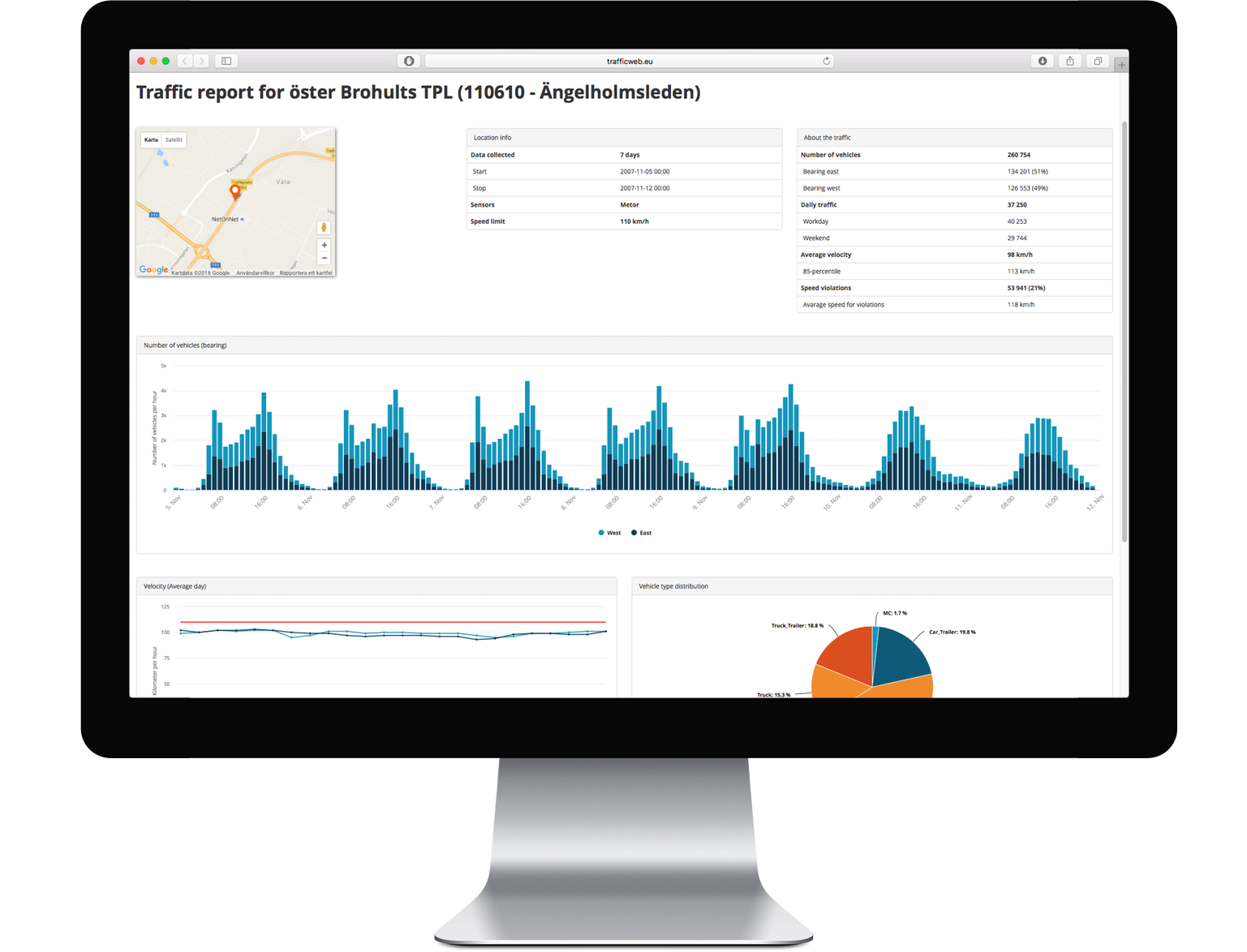
Web interface
The sensors are fully supported in the popular Trafficweb platform, which means our customers can start analyzing their traffic as soon as the sensors are installed without the need to set up any software or locally installed tools. Data is streamed directly from the sensors to Trafficweb, where both real-time data and aggregated traffic reports can be viewed. Work with the data directly in Trafficweb or export to PDF, CSV, Excel or GIS files. Since the sensors have full support in Trafficweb, you can also use it to view status of the sensors and battery life.
API for easy integration
Data from Sensebit’s vehicle sensors can be accessed via an user friendly API, based on open standards. Via the API, the client can retrieve vehicle-by-vehicle data as well as information about measurement locations and sensor status. This access method is popular for ITS applications or customers that want to integrate the sensors in their existing data management systems.
